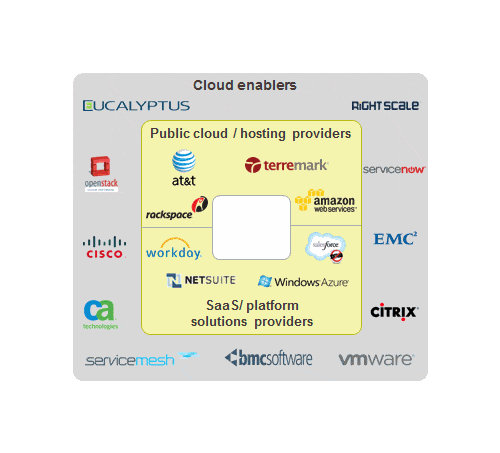The Good and Bad News in Governing Cloud-Based Services | Gaining Altitude in the Cloud
Cloud-based services are distinctly different from traditional outsourcing not only because of the obvious cost and agility benefits but also because they fuel the need for a different kind of management of the services. From a management perspective the governance is transformational because it allows the governance team to change their focus on how they manage the services.
The distinction between managing cloud-based services and traditional outsourced services is critical to the outcomes and value achieved from the service.
In traditional outsourcing, the customer has a lot of say, particularly up front, in terms of designing the solution. The solution often starts with taking over what the customer currently has and then moves into a transformation journey. The customer is responsible for defining how the service components fit together and also is responsible for managing the use of those components.
But this tends to lead customers to overbuy. For example, in infrastructure the customer tends to buy more service space and more storage than is needed at any particular point in time just to ensure coverage for peak usage times and volume growth. Because it is cumbersome to contractually change the volumes, the customer ends up buying usage in step changes with the net result of overbuying.
But the real issue is how much time and effort it takes to manage this traditional kind of service. The governing cost in time and effort can overshadow the benefits of the service.
In contrast, the fundamentals of cloud-based or next-generation services are usage-based pricing combined with bundling. The customer buys bundled services rather than discrete components, and this impacts service management. For example, in traditional outsourced services, the customer manages how much capacity is needed for storage, how many licenses to purchase, etc. In the newer service models, the customer manages a few metrics around usage rather than managing the components that allow utilizing the service. The newer models enable customers to avoid the trap of overbuying.
But more importantly, cloud-based and next-gen service models profoundly change the governance aspect in the following ways:
- Governance is much simpler and communication with the vendor or service provider is much simpler.
- Governance efforts focus on how the organization consumes the services and on spending time helping the business units to better use the service for more value outcomes instead of managing the vendor or provider.
- Governing demand management is much easier and reduces the complexities of billing and invoicing to keep track of usage.
The real issue of simplicity in governing cloud-based and next-gen services carries both good and bad news. The good news is that the simplification of management tasks means the customer will need a smaller management team. The bad news: The team will need a different set of skills. Instead of skills in managing vendors, purchasing, and invoice tracking, the governance team needs skills in change management, project management and business transformation.

